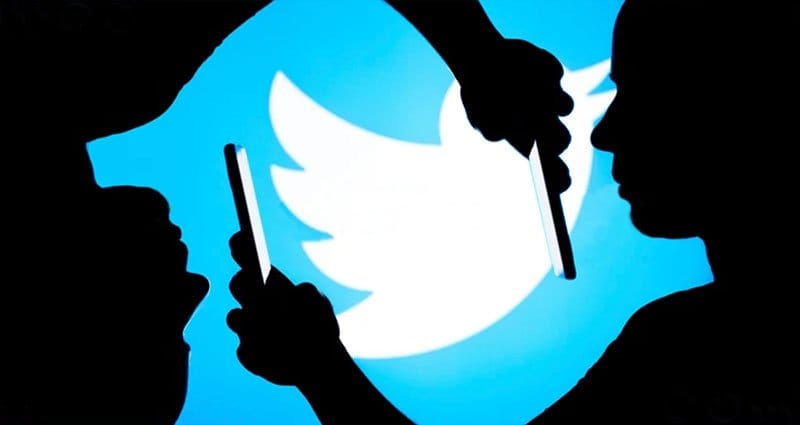The future of Twitter seems to be a bigger question than it should. It is one social platform, with a character limit, albeit a good one. Yet, now with Elon in charge, it has become the existential question for our age – libertarianism or censorship; freedom of speech or freedom to abuse.
Why? I shall set out an answer below, but before I do, it is worth being clear about my starting point. At heart, I share a libertarian view of the world where freedom of speech is of benefit to all of us, giving voice to all of us – making societies fairer and more equitable. Yet my head, and experience, suggests that is not what social media does, left unchecked. Social media splits us into tribes more than ever. Tribes of ‘us’, that are ever more fearful of ‘them’ that lead to worse outcomes for all.
Why should this be so, how do we come to find ourselves in such a polarised world? Is this the natural state of things, left unregulated. Politicians and activists might always have screamed from the extremes, but now we find so many ordinary people shouting at each other on social – forcing us all to pick sides.
To understand the challenge, I’ll take you back to when I was working with a company that had just had a change of ownership and as a result a change of leadership. This company was heavily unionised and had suffered from a series of industrial relations disputes resulting in strike action over many, many years. There was a collective view from all sides that this friction between the workforce and the management was inevitable – to such an extent that the then HR director and their deputy would, before meeting the union reps, go into a room and have a go at each other, because they knew a fight was come and they had to be up for it.
On the other side, the union side, this was more than just a dispute over pay and rations, it was a political dispute, it was about ownership and control, capitalism and socialism. As a result, what transpired were decades of battles between the workforce and the management. An almost constant cold war, that erupted into a regular hot wars – disputes between us and them – from whichever side you belonged. The outcome was hostility, distrust and suspicion from almost everyone – and this impacted the product, performance, pay and profitability. It was not good for anyone.
This process was driven by a perceived need that you had to take sides. You were either ‘Management’ or ‘Staff’, you couldn’t be both. It felt as though each side had completely different and competing goals. From a management side, the staff weren’t your employees, they were your opponents. And vice versa. This disfunction was institutionalised and fundamentally dehumanising to all, lines were drawn and battles were to be won, or lost.
But, this is not a story just about failure. In spite of philosophical and political differences, the new leadership understood that ‘Them’, were people, their people. People who lost pay on strike days, had genuine concerns as well as unwarranted ones, and who deserved to be treated first with respect and to be heard. On the other side, at a company level, the local union reps understood the financial impact of action and were there to do the best by their people, so when the ‘bosses’ opened up real opportunity for new relations, the reps put colleagues first and the political campaign second.
It was this human, respectful approach that led to a thawing of relations and ultimately, while there were still some disputes, there were far fewer than there had been under the previous ownership. It became a much more comfortable working relationship with real benefits for all sides. But it took a lot of work for the sides to learn to trust each other, understand each other, respect each other borne of finding common ground, and agreeing common goals.
Don’t get me wrong, breaking that cycle was tough. Across human history, the divide between us and them has been millennia in the making. It is easy to form and hard to solve. It takes open minds, a willingness to understand each other and an ability to overcome prejudice, all connected to a common goal agreed by all. And in the above instance, it took some exceptional leadership, from both ‘us’ and ‘them’ to get beyond it. To achieve that, the silent majority, the too oft-ignored middle, needed to be heard and engaged.
Today, with the advent of social media that is curated and driven by algorithms that identify the loudest voices, we too often find ourselves taken to the extreme of our views by the communities we belong to.
It is hard to see where the compromise might be reached and the humanity found. The silent majority stay silent, or worse, they slowly get dragged to take sides, as we live in a world where we can be judged for not picking a side – becoming the enemy of both.
On social, communities don’t interact, or engage sensibly with one another – for that is not the form of entertainment that drives us to consume more media – the digital communities are, by accident, designed for a new interpersonal cold war. A war that is defined by ‘us’ that attacks ‘them’. To see how these communities form and work, it is definitely worth reading How Minds Change, by science journalist, David McRaney.
This is where I take issue with the argument of libertarianism in the social market. No market, made up of humans, has ever worked to the benefit of the majority, without intervention. The social market, sets us all up to fear the other, the them, and to cling more tightly to, the us. The internet, first conceived of as a noble dream – a freeing of voices to give voices to all – has delivered so much, but hasn’t delivered that and left to its own devices, won’t deliver. Not because it is broken, but because we are. To keep that dream alive, we must recognise people always create imperfect markets, and therefore some intervention will always be necessary.
Thank you for reading. For more insights please visit our blogs directory and insights page.

